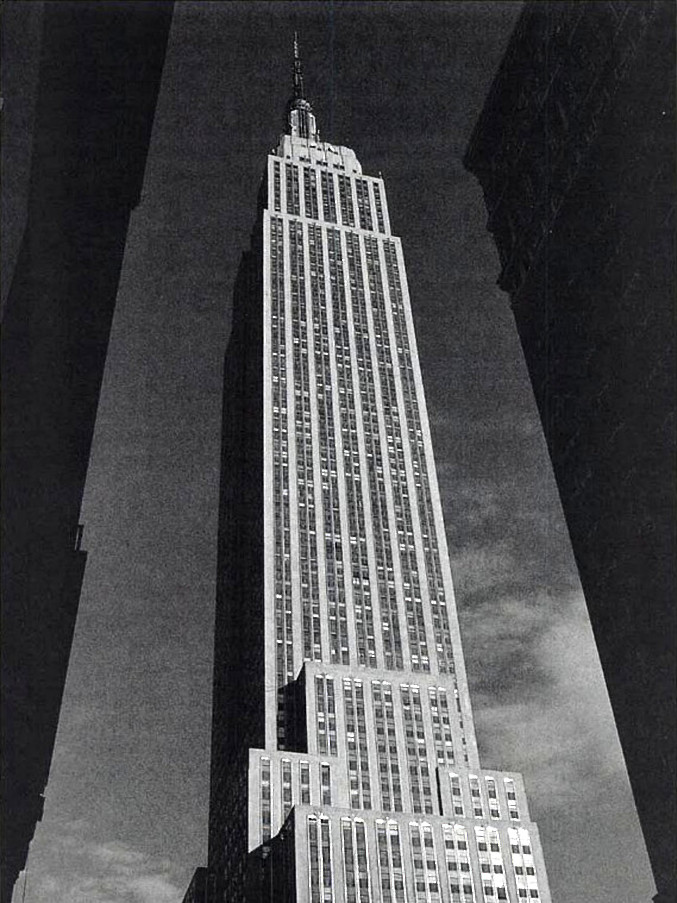Top of the World in New York
As the 21-year-old Ayn Rand prepared to sail to New York City in 1926, a cousin said to her, “When they ask you in America, tell them that Russia is a huge cemetery and we are all dying slowly.” New York was nothing but lights on the horizon to Rand then, but she would sit through silent films several times just to get a glimpse of it. To the aspiring writer leaving a country to which she would never return, the tower-studded silhouette of New York represented the philosophy that made the motor of the world move.

“If you ask me to name the proudest distinction of Americans, I would choose the fact that they were the people who created the phrase ‘to make money,’” Rand states in her novel Atlas Shrugged. Before that, she notes, wealth had been a static quantity to be seized, begged, inherited, shared, looted or obtained as a favor. “Americans were the first to understand that wealth has to be created,” she insists. And with wealth coming from its only moral source, production, a city like no other was created.
New York symbolized what Rand idealized in her novels—man as a creator—and the city fostered invention and ingenuity. Looking toward a corrupt world, the New York skyline stood against the Atlantic as a proud achievement boasting of what could happen when men played their proper role. New York showcased the magnificence of the Empire State Building, the George Washington Bridge, and the RCA Building, structures that surpassed anything ever built. If New York is the center of the universe, where people coming from all corners of the globe meet, then the four-sided clock inside Grand Central must be the center of New York. It is this center where Rand went in the 1970s to be photographed for a Look magazine shoot when it seemed as if a film or miniseries of Atlas Shrugged would be made.
It’s said that some people in New York spend most of their lives in their co-ops and apartments, rarely venturing out to see a show or shop on Fifth Avenue. It’s enough to be where the heart of the world beats a few floors below. It’s enough to live on an island with a harbor graced by the magnificent statue of a lady called Liberty that assures them hope is great, that the game is fair, and that the little, congested, condensed bit of real estate called Manhattan is a place where men and women aren’t subservient to anything but their own wills and abilities. For some it’s enough to just be in the city of life.